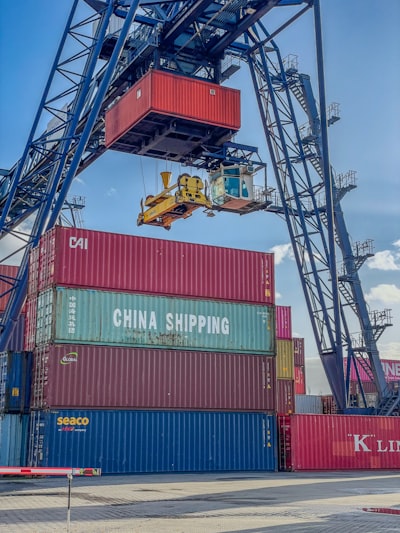US Tariff Deal: Relief for Vietnam, Ripples for China and Global Trade
The announcement of a US-Vietnam tariff deal comes at a pivotal time for global trade, especially amid continued uncertainty in US-China relations. As discussions culminated shortly before a looming 46% tariff deadline, Vietnam found itself both relieved and strategically poised, while China prepares to face new challenges in its export landscape. Let’s break down what this means for Asia’s key economies, the future of manufacturing, and shoppers worldwide.
Why Are US Tariffs Such a Big Deal in Asia?
- US-China trade tensions: Years of escalating tariffs have forced companies to rethink their supply chains and sourcing strategies.
- ASEAN as a manufacturing hub: Countries like Vietnam have rapidly increased their role as alternative export bases.
- Trump-era policy uncertainty: Shifting White House strategies leave trading partners wary, spurring negotiations like the latest Vietnam-US tariff pause.
Vietnam: The New Star in Global Manufacturing?
Recent years have seen international corporations pivot to Vietnam to sidestep tariffs on Chinese goods. With the new US tariff deal, key benefits emerge:
- Stable trade relationship: Reduced risk of last-minute tariff hikes encourages investment from tech giants and apparel brands.
- Job creation in Vietnam: As factories relocate, the local economy thrives and workers benefit.
- Competitive advantages: Lower labor costs and strategic geography make Vietnam a prime destination for FDI (Foreign Direct Investment).
A Sting for China: How Tariffs Fuel the “China Plus One” Strategy
While Vietnam rejoices, China faces a fresh set of hurdles:
- Erosion of export dominance: As tariffs persist, the manufacturing of electronics, apparel, and machinery moves elsewhere in Asia.
- Supply chain fragmentation: Multinationals start diversifying operations to multiple countries, reducing reliance on Chinese factories.
- Policy pushback: China must innovate and upgrade its value chain to remain competitive.
Shifting Global Trade Patterns: What’s Next?
- From globalization to regionalization: More companies are hedging bets by spreading production across ASEAN, India, and Mexico.
- US protectionism continues: Expect more targeted tariffs and trade negotiations as the election cycle approaches.
- Resilience vs. cost efficiency: Firms are weighing the higher cost of resilience against the risk of supply chain disruption.
What Does This Mean for Consumers and Businesses?
- Potential for price stability: Diversification may stabilize consumer prices over time, despite initial tariff pressures.
- More options for importers and buyers: As manufacturers shift out of China, alternative suppliers in Vietnam and other ASEAN countries emerge.
- Trade policy as a competitive weapon: Both companies and countries must watch policy announcements closely to manage risk.
FAQ: US Tariffs and Southeast Asia
Q: Will US tariffs on China keep rising in the future?
A: Political factors and trade negotiations will continue to shape tariff decisions. Recent trends suggest ongoing volatility.
Q: How can businesses hedge risks from tariffs?
A: Consider ‘China Plus One’ sourcing, invest in digital supply chain planning, and monitor trade policy developments closely.
Q: Is Vietnam now the best alternative to China for manufacturing?
A: Vietnam offers distinct advantages, but capacity, infrastructure, and labor force still lag behind China in many sectors.
As US trade policies continue to evolve, the latest tariff deal with Vietnam is more than just a bilateral agreement—it’s a signal of shifting global alliances and the new realities facing Asian manufacturing. For executives, policymakers, and consumers alike, staying alert to these shifts is more critical than ever.
Want more insights? Stay tuned for deep dives on supply chain resilience, Southeast Asia’s manufacturing boom, and the latest in global trade policy.

Comments
No comments yet. Be the first to comment!